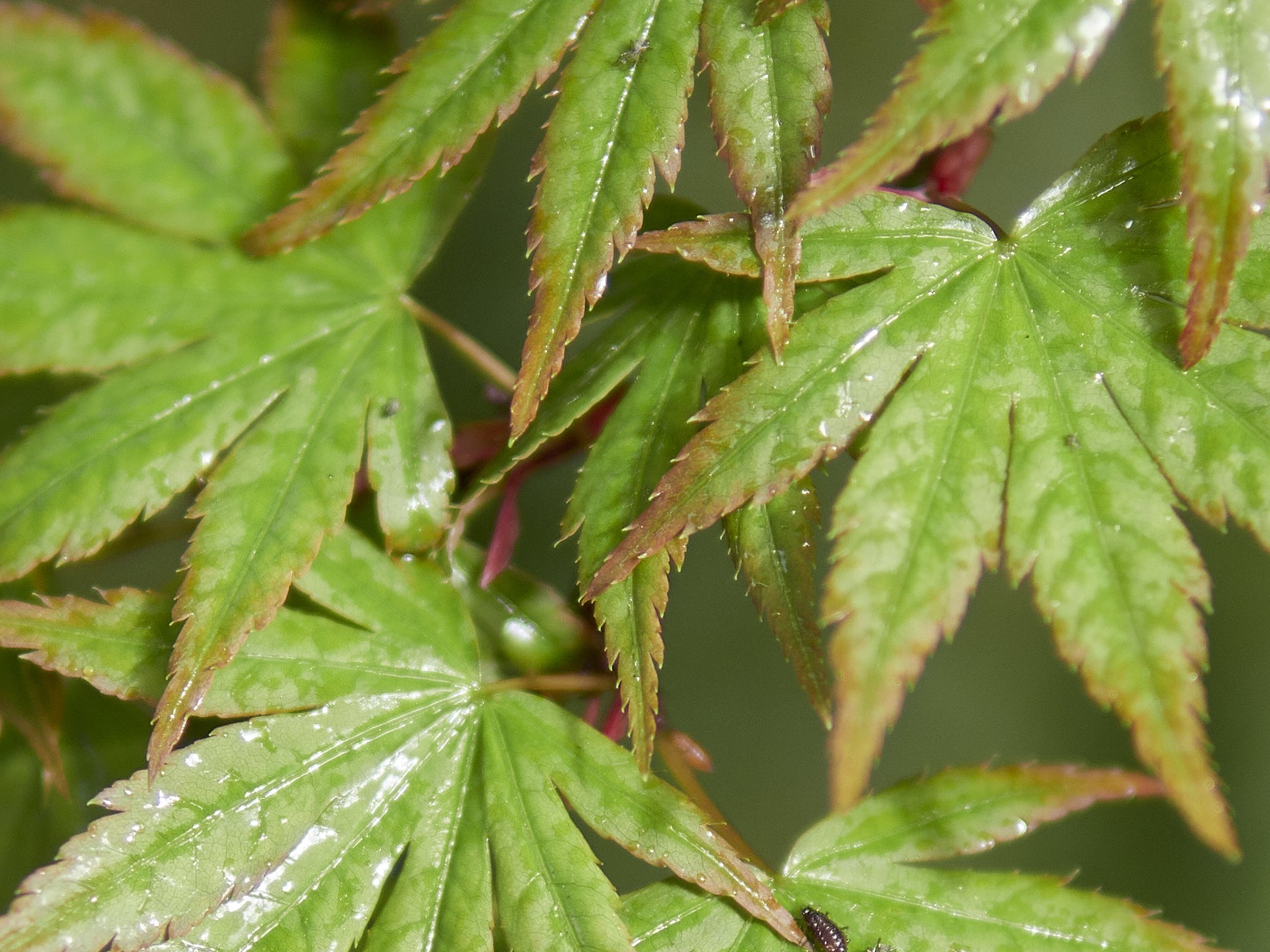I have been using the F802 bag for the last few months with the paper.
Something that has become a bit of a pain is the shallow profile of the bag. It is deep, but when loaded, the smaller lens partitions become squashed in. The reality is, my gear has gotten shorter and in some cases wider.
The F3x Ballistic was possibly the answer, but it failed to come and on chasing it up, it is waiting for replenishment with no ETA. The distrubutor does have an F2 in Ballistic, and even though it is bigger, it is cheaper. Bigger may be a blessing.
The F2, the original Domke “shooters bag” or as I call it the “Lunch Box” has the dual distinctions of being my first Domke and one of the few I have not had multiples of.
My problem with it in the past was its “boxy” design, but I get it now. If you have 2 bodies with smaller lenses on and do not need the extra height for long lenses (something that has changed in my kit since ordering the F3xB), then this bag makes lots of sense and I know from owning one still, that it does not collapse in and sits down safely**. It is basically the footprint of the F804 without the height, so everything is at “first layer” access. No fishing around in the depths trying to find lost little bits.
If I go with an all primes day kit or small zooms and primes, this layout is ideal.
Unlike the F3x, which is taller but smaller overall, it will accomodate 2 bodies with lenses lying on their side without issue and have room for 2x2 small lens inserts* (in the F3, one camera sits against the back wall which can be uncomfortable), and have room for several smaller bits. Unlike the taller bags, it will not fall over when put down, which is one of those things that wares over time. Also, unlike the F3x, it has a hard base option.
My existing F3 ruggedware is probably the better form for this bag anyway. The body hugging form factor really suits the thin canvas style.
Compared to the Crumpler Muli, it also offers two large end pockets. The Muli is limiting in that regard. My mics, lighting and flash kit go into these, saving space on the inside for just lenses and cameras.
The zipped pocket is on the inside of the top flap. This is less prone to accidents than the F802’s outside ones (I slip the lid out of the way when working, sometimes spilling bits of gear out if the zips are undone).
I also like the idea of the small front pockets for a note pad. This is mandatory now and ironically, the F802’s huge pockets are a pain here also, because they either go sparsely filled and wasted or stuffed and things get lost.
The F2’s little open pockets are note pad sized. Funny that, being a reporters bag.
Why another when I still have my first?
Same reasons as the F3xB purchase. The Ballistic version is softer inside and out, lighter coloured inside and can take gear with more handling comfort than the canvas. My original is also an older design.
The original shooters bag again after all these years.
Who knew?
*My base kit now is the EM1.2 with 40-150 f4, G9 with the Pana 9 and 15mm, Sigma 30mm (or 12-60 if speed is not needed) and possibly the 75mm for low light. The F2 can take all of these without too much effort. This gives me a full range outdoors kit (18-300 equiv), and a decent low light primes kit (9, 15, 30, 45 or 75, which is an 18-150 equiv). An option I may go with is the 9/15/30/45/75 all primes kit.
**It did roll off a back seat the other day, but landed the right way up and all was good.

















































































































